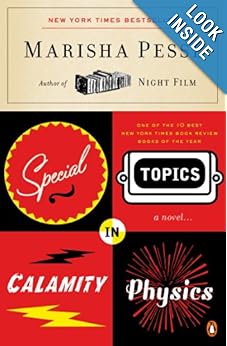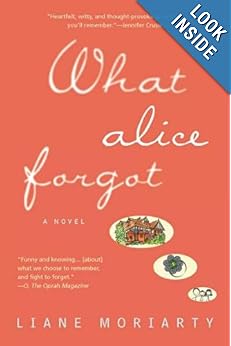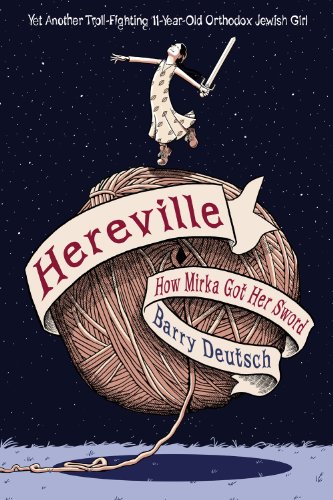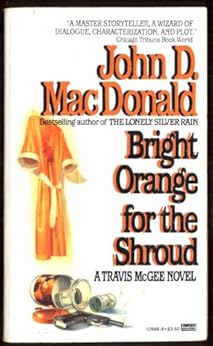
I expected this book to be fun and wasn't disappointed. It's a pretty thick little hardback that I noticed at the local library, but as it is written for kids - target age about 8-12 - and peppered with illustrations by Mike Maihack, it's also fairly easy to breeze through in an hour and change. Our hero is a kid named Vincent Wu, the de facto leader of a trio who idolize his city's guardian superhero, Captain Stupendous. That unfortunate name is probably the book's only flaw. You know who would call himself Captain Stupendous? A supporting player in a book for kids aged 8-12, and nobody else.
Anyway, Vincent realizes that the mysterious, kind-hearted, and mighty Captain Stupendous, who's seven feet tall and musclebound and incredibly powerful, is acting kind of weird lately. He's had awful trouble beating up the sort of giant robot that he used to handle in his sleep, and he's not appearing at press conferences to reassure the public after the latest menace to public order has been vanquished. In short order, we learn that the Captain has a new secret identity. Or... wait, how best to explain it? See, the character is basically an amalgam of Captain Marvel, Green Lantern, and Ralph from TV's Greatest American Hero, and while his superhero body always looks the same, somebody else, somebody new, is "piloting" the heroic version. This somebody isn't just a rookie, it's one of Vincent's classmates. Worse still, it's a girl, Polly. A ten year-old girl is Captain Stupendous! Can she use Vincent's incredible knowledge of the hero to learn how to play the part before she gets herself stomped when the giant robot comes back?
As a kid who took things way too damn seriously when I was in the book's target age bracket, I would have grumbled like hell over that name, but loved the story anyway. It's not merely that author Mike Jung has crafted a pretty solid story with lots of gentle twists and turns, and not just that it's peppered throughout with Easter egg names and references to well-known comic creators and characters either. This is a book that's not afraid to appeal, gushingly, to kids, and speak their language. The still-taking-things-way-too-damn-seriously side of me today might tsk a little over the kids in the book constantly SHOUTING TO EACH OTHER IN ALL CAPITAL LETTERS, but the kid I was would have adored it. The interactions of the children feel real and are very fun. I also like how Jung creates two separate but equally critical problems: defeating Professor Mayhem and his indestructible robot, and dealing with the fact that Polly, understandably, doesn't actually want to have another life as a seven foot tall man.
Fun, breezy, and intelligent, I'd happily recommend this for anybody in the target age, and anybody else who'd like a little nostalgia about how much fun we could have when we were that young.





